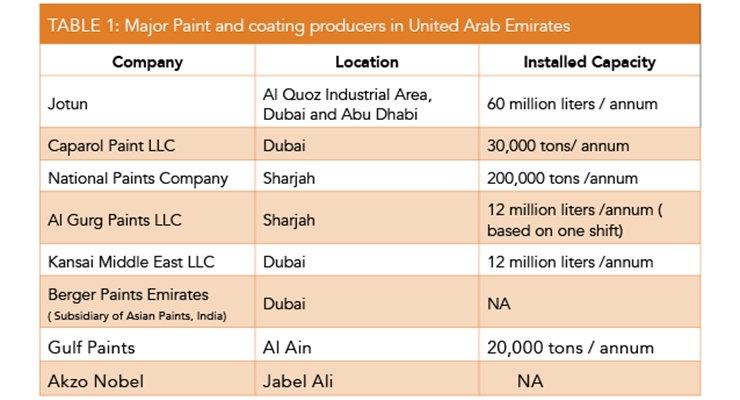Yearning For A Flawless Surface? Discover Exactly How Weather Aspects Can Guide The Success Of Your Outside Painting Task, Unraveling Vital Tricks For A Specialist End Result
Yearning For A Flawless Surface? Discover Exactly How Weather Aspects Can Guide The Success Of Your Outside Painting Task, Unraveling Vital Tricks For A Specialist End Result
Blog Article
Author-Reilly Wolff
Recognizing just how weather can influence the result of an exterior painting endeavor is paramount for accomplishing a remarkable coating. From Painting Whole House Exterior changing paint adhesion to humidity levels impacting drying out times, each aspect of weather condition plays a substantial duty in the success of your task. In addition, wind speed and precipitation can present unexpected obstacles that may compromise the quality of the outcome. As we browse with the nuances of weather's influence on exterior paint, it becomes evident that precise preparation and strategic timing are vital for making certain a professional and sturdy result.
Ideal Temperature Level Variety for Paint
When taking into consideration external paint jobs, the excellent temperature level variety plays an essential function in achieving ideal outcomes. Paint in the ideal temperature level conditions makes sure that the paint adheres appropriately to the surface area, dries out evenly, and cures properly. Usually, the suggested temperature range for external painting is between 50 to 85 degrees Fahrenheit.
Painting in temperatures listed below 50 degrees Fahrenheit can lead to issues such as inadequate paint attachment, extended drying out times, and an increased possibility of breaking or peeling.
On the other hand, painting in temperature levels over 85 levels Fahrenheit can create the paint to dry as well quickly, causing blistering, bubbling, and an irregular coating.
To attain the most effective results, it is vital to check the weather forecast before starting an exterior paint project. Ideally, goal to repaint during light weather with modest temperatures and low moisture degrees.
Impacts of Moisture on Paint Drying
Humidity levels considerably influence the drying out procedure of paint put on exterior surface areas. High humidity can extend the drying time of paint, causing potential concerns such as leaking, spotting, or even the formation of bubbles on the repainted surface. Excess dampness in the air reduces the dissipation of water from the paint, impeding the curing procedure. This is specifically bothersome for water-based paints, as they count on dissipation for drying out.
On the other hand, reduced moisture degrees can additionally influence paint drying. Very dry conditions may create the paint to completely dry also promptly, bring about poor attachment and a rough surface. In such instances, adding a paint conditioner or splashing a great haze of water in the air can aid manage moisture levels and improve the paint end result.
To make Vibrant Whole House Paint Pallete drying out problems, it is suggested to paint when the humidity degrees vary between 40% and 50%.
Tracking humidity levels and taking suitable actions can help accomplish a smooth and sturdy paint finish on outside surface areas.
Wind and Rainfall Considerations
Wind rate and rainfall are crucial variables that considerably affect the success of an outside painting task.
When it concerns wind, both speed and direction are important considerations. High wind rates can create paint to dry also quickly, causing a subpar completed with possible issues like breaking or uneven structure. In addition, wind can carry debris that might stick to the damp paint, causing imperfections. For that reason, painters need to aim to work with days with light to modest winds for optimum paint conditions.
On the other hand, precipitation, whether rainfall or snow, can be extremely harmful to the result of an outside painting task. Wetness from precipitation can hinder paint adhesion, triggering peeling off and bubbling over time. It is essential to stay clear of paint during rainy or snowy weather to guarantee the durability and high quality of the paint job. https://www.housebeautiful.com/home-remodeling/a26839288/painting-over-wallpaper-tips/ should likewise enable adequate time for the surface area to dry extensively after any kind of rainfall before starting or returning to the painting process.
Final thought
In conclusion, weather play a significant function in the end result of an external paint project. The ideal temperature variety, moisture degrees, wind speed, and precipitation all add to the success or failure of the paint task.
It is vital to consider these aspects and plan appropriately to make sure appropriate paint adhesion, drying out times, and overall high quality of the completed item.
